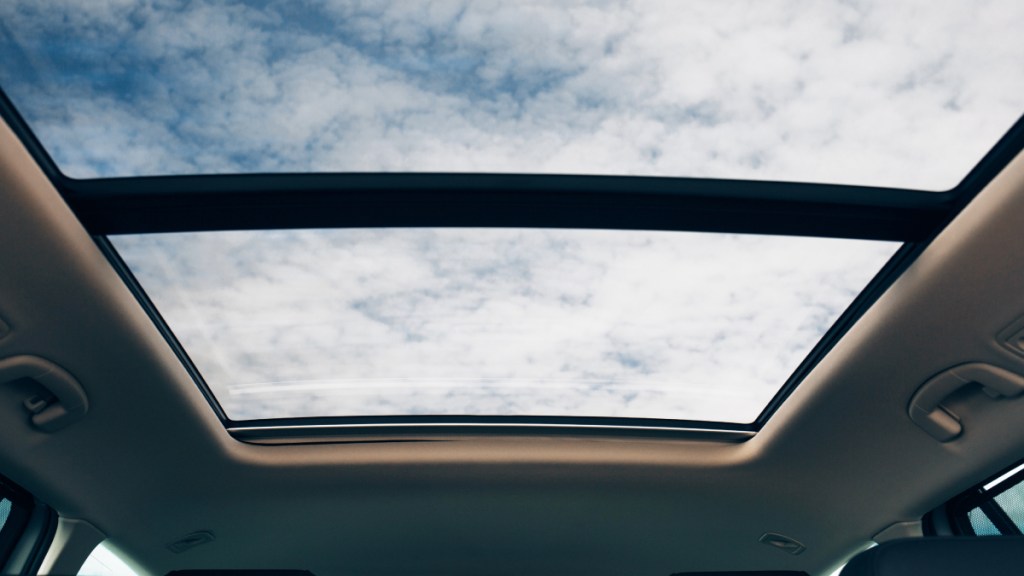It was in 1937 that the first sunroof was introduced in a vehicle – the Nash car. The vehicle had a metal panel that could slide out to bring back the charm of an open cabin. The idea behind the sunroof is to allow more sunlight or natural light to enter the vehicle than what regular glasses could provide, a key benefit for regions where there is a scarcity of sunlight.
In India, which receives plenty of sunlight, the resurgence or demand for sunroofs is comparatively a new trend. There is an increasing awareness and demand for sunroofs thanks to several OEMs introducing the feature in mass-market models and the availability of products in the aftermarket segment.
Venu Shanbhag, MD, Saint Gobain Sekurit India believes that today, sunroofs are tempered single-layer glasses and comparatively smaller in size, but this is likely to change very fast in line with global trends and successful EV brands.
Saint-Gobain Sekurit supplies automotive glazing and modular components for the global vehicle manufacturing segment and the replacement market. It has presence in more than 22 countries, with 40 percent market share in the European market, 30 percent in India and 21 percent worldwide, and a rapidly growing presence in Asia.
“The trend is clearly towards fixed laminated sunroofs with features like heat cutting special coatings (focused on HVAC load reduction), light in glass features, on-demand transparency change.”
In fact, he believes that in the electric vehicle segment, there is a trend towards the seamless design-involving windshield, fixed roof, and backlight, which are produced using a different technology of bending.
“This results in a completely different aesthetical and aerodynamic shape, making it a clear differentiator. We are equipped to deal with this right from the vehicle design stage and we do it as a complete solution-service provider,” he said.
